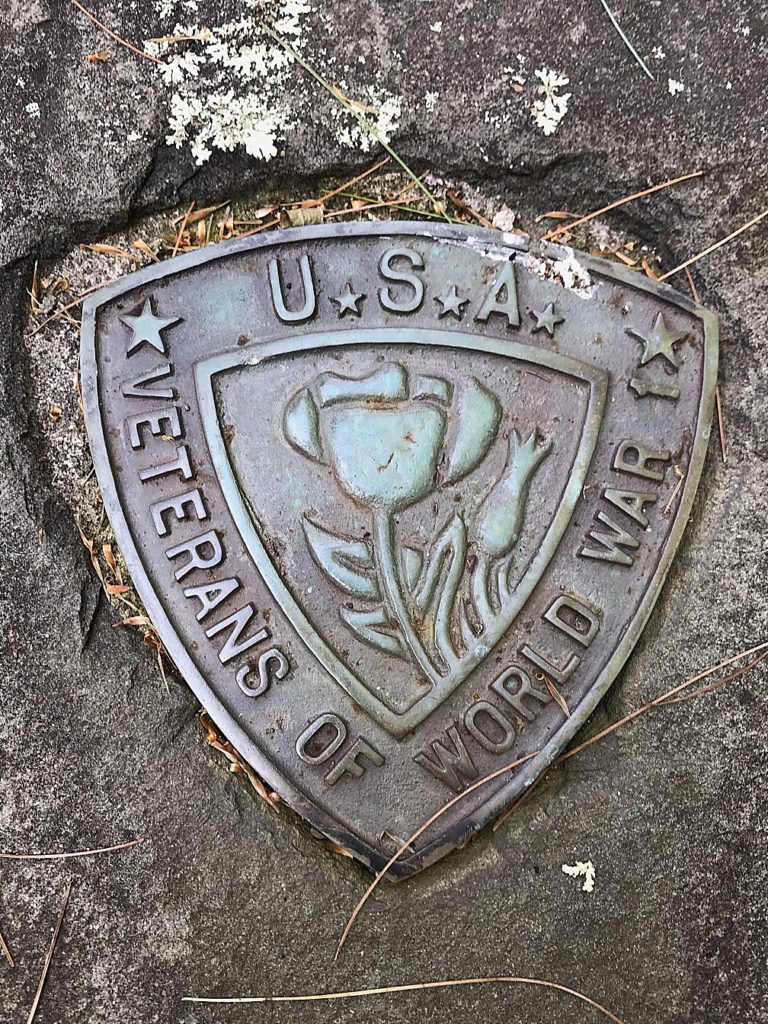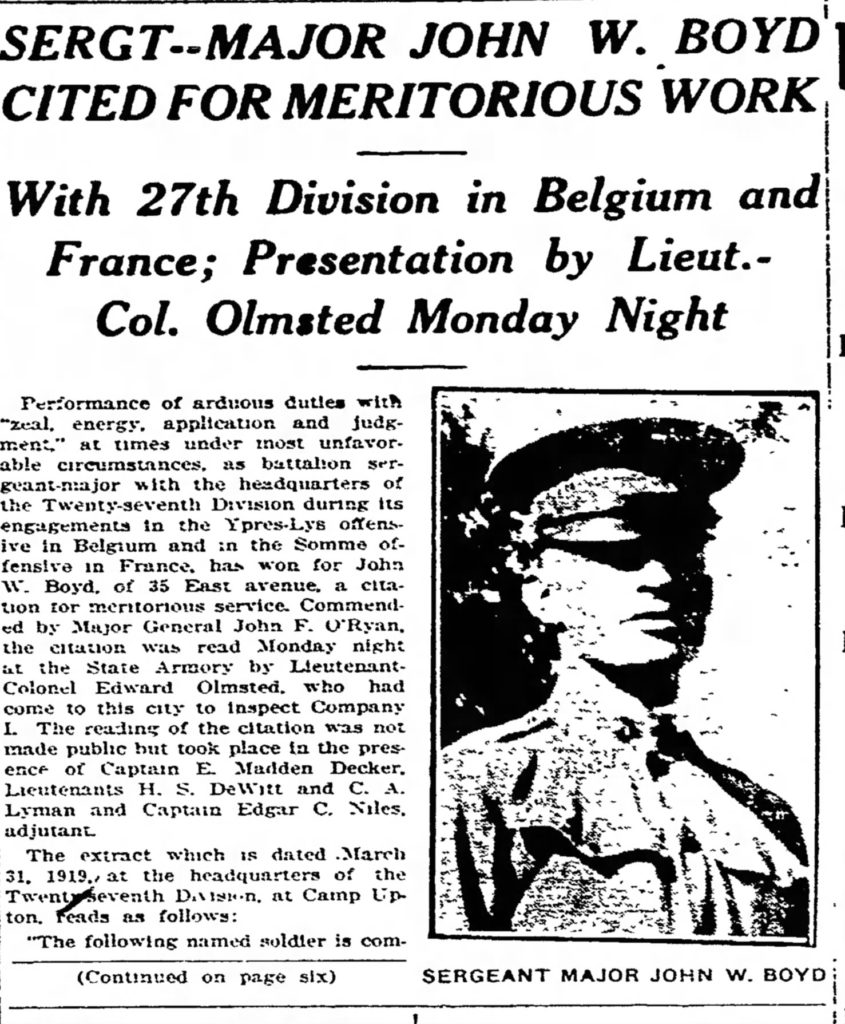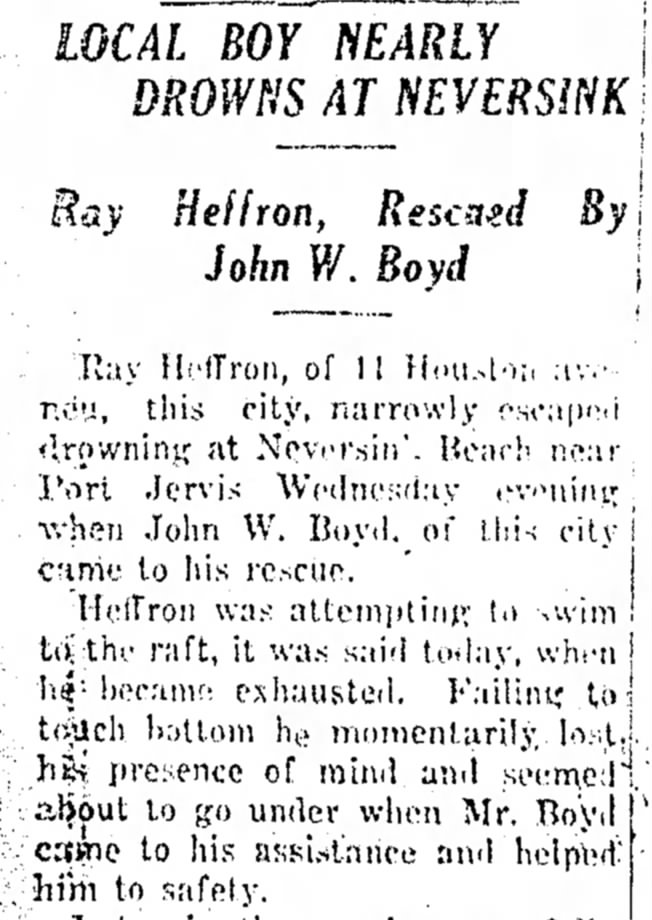Happy Memorial Day weekend everyone! Like so many holidays, our commercial culture has been successful morphing this to its own purpose (Summer’s official start! Get that barbecue out!) Actually, it started in May because that was when flowers were blooming to decorate the graves of Civil War soldiers.
For a long time it was known as Decoration Day. After WWI, it became a day to honor those that died in all American wars. Then, after WWII the name Memorial Day became more commonly used.
In this post, I’d like to especially honor the American soldiers that died in WWI, some 116,000 men, including some from Middletown, NY. Many of these, including my subject for today’s post, were part of New York’s 27th Infantry Division. (I was really interested to find a source that stated that more than 400,000 New Yorkers served in the military during World War I, more than any other state!)
If 116,000 deaths seems like a low fatality rate, recall that the United States stayed out of the war for the first few years. In fact, Woodrow Wilson narrowly won re-election in November 1916 with the slogan “He Kept us Out of War”. It wasn’t until early 1917 – a full 2 ½ years in – that public opinion shifted in the U.S.
That was when the Germans resumed submarine warfare hoping to win the war. Also, in January 1917, the British intercepted the “Zimmerman Telegram” in which the Germans offered Mexico some of the US territory in return for Mexican aid. This led to the US Congress voting to declare war on Germany, on April 6, 1917.

Now, of the 116,000 deaths, you may be surprised to learn that the majority (63,114 according to this source) were due to disease, not combat. In fact, almost half the losses occurred on US soil when the influenza pandemic swept through training camps in the spring of 1918. The virus then travelled to Europe with US troops and caused more deaths once there.
It strikes me how much more relevant that feels to us in 2021, having lived through a similar pandemic.
Without further ado, let me introduce you to John William Boyd, former husband of my grandmother’s 2nd cousin, Mildred Dunning Hurtin. Mildred graduated from Middletown High School in 1913 and married John after the war, on April 14, 1919. The marriage did not last (John remarried in 1943 and moved out to California) but Mildred gave birth to a daughter, Jean, in 1926 and records indicate that the two remained close.
I plan to revisit Mildred and John in a future post because I found a related story of interest. For now, though, there’s plenty in John’s role in WWI. Within his 10 months of service, he was promoted from Chief Clerk of the Administrative (G-1) Section, General Staff to Sergeant Major of a battalion.

I’d venture that by July 1918 John’s division was in France, training under British mentors. By August 1918, he was likely taking part in the Ypres-Lys Offensive, which was launched to liberate Belgium and part of northeast France. The American troops fought alongside Australian, Belgian, British, Canadian and French troops, and managed to force a German retreat there.
I found some terrific (in both senses of the word) photos on an Australian government website with pictures from these battles. Many of the Allied forces were killed by machine gun fire, gas attacks, snipers and artillery fire. It was a step forward, though, and part of the “Hundred Days Offensive” that would bring an end to the Great War.
John Boyd also participated in the Somme Offensive or the “Somme Push” in late 1918. Helped by British and Australian artillery units, he and the remaining 27th Division members helped to break the defensive “Hindenburg Line” that the Germans had established.
You can find some further information and pictures about these battles here: https://www.awm.gov.au/visit/exhibitions/1918/battles/hindenburg
Wikipedia (among other sites) also have good reference information about Major General John F. O’Ryan, and about NY’s 27th Division, if you’re interested in learning more.
One piece of research I was pleased to find was a newspaper article from 1925 that mentioned John Boyd. It looks like his instincts and valor to came in handy once the war ended! After all the deaths he must have witnessed on the battlefield in Europe, he must have held the preciousness of that boy’s life even dearer.

A happy Memorial Day weekend to you all. May we remember those who bravely served our country and who put other’s welfare ahead of their own to make our country – our world – a better place.
XXX

You are becoming an accomplished historian as well as an excellent blogger! Lovely post.
Thank you! I hardly touched the surface of America’s involvement in WWI but it was definitely enlightening for me. That said, I’m relieved that the album ends in 1940…
Timely, educating and brings history close to home. We thank many others for our freedom and fun this weekend.
I’m so glad you liked it. YES – I think it’s important to honor the people that made this comfort possible.